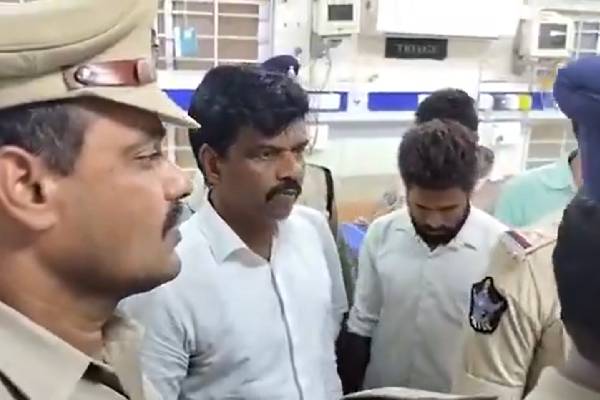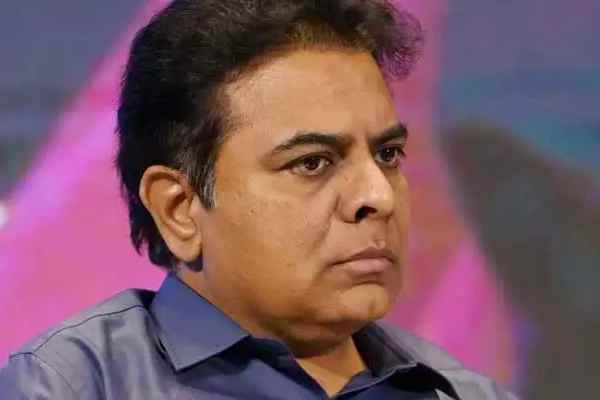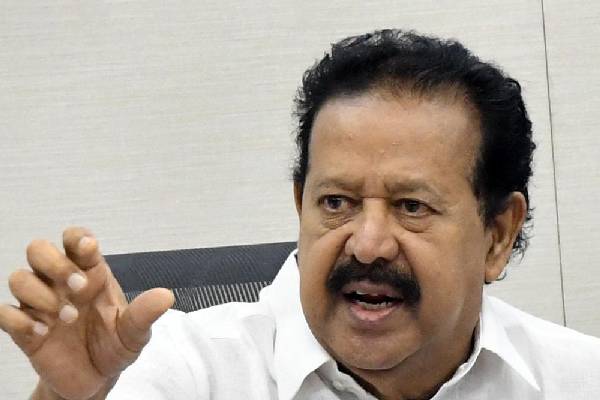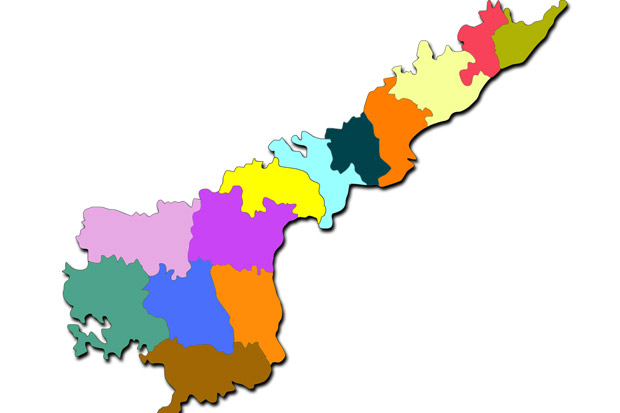Revendra
Soon after the formation of a new state government in July 2014, the Government of Andhra Pradesh (GoAP) made a careful assessment of the weaknesses, strengths, and opportunities in the State, and noted that
The bifurcation of Andhra Pradesh has compounded the problems of the residuary State as it is now not only a revenue deficit State but also without an adequate industrial base as well as physical, social and educational infrastructure. Hence, the plan of the new Government is to generate large scale employment and wealth for the people, create a stable industrial ecosystem for sustainable development and catalyse the agriculture sector by bringing synergy with industry for inclusive growth.
In short, Andhra Pradesh is starting from the scratch for becoming an investments destination. Since then, GoAP came up with attractive policies, promoted the brand Andhra Pradesh, and created a conducive business environment. Further, an ambitious target was set — to create 5000 start-ups and establish 100 technology incubators in the state by 2019, and bring down the approval time for businesses to an average of 14 days in 2016–17, as compared to an average of 21 days in 2015–16. GoAP is aggressively promoting agro & food processing, life sciences (pharma, bio-tech & medical equipments), textile & apparel, electronics & IT, aerospace & defence, automobiles & auto-components, petroleum, chemicals and fertilizers, energy, mining, and leather sectors.
The efforts of the state government have not all been in vain; the Department of Industrial Policy & Promotion (Govt. of India) ranked Andhra Pradesh second in the ease of doing business index. Few months after this ranking, in March 2016, National Council of Applied Economic Research (NCAER) published a State Investment Potential report and ranked Andhra Pradesh third among the 30 states in India. In the report, AP was ranked 18th in demand for electricity, 12th and 14th in rail and road density, 14th on ICT readiness index, and 17th on net annual ground water availability. Though the state is limping on poor infrastructure, it was ranked 2nd in the overall economic performance. On political and governance the state confronts the challenges of the Maoist insurgency, increasing economic offences, political leaders with serious criminal charges, and lack of police strength. Most of these governance limitations stem from the post-bifurcation fiscal and administrative issues which will take few years to improve.
While competing well on political and economic indicators, the human resources are ready, offering a huge potential for growth of the state. The recent India Skills Report — 2016 noted that Andhra Pradesh has the best performers in English skills, logical and numerical ability, and computer skills in the age group of 22–25 years. Andhra Pradesh also has the largest pool of employable male and female candidates, and also those willing to take internships, and interest to work within 0–2 lakhs of annual salary. However, the report observed
Though Andhra Pradesh has lot of available, employable talent the industry presence is not that high.
The lack of opportunities to the skilled personnel is visible.
On the ability to attract the investments, a recent article on Times of India noted that between 1991 and 2014 (prior to the dismemberment), Andhra Pradesh has received 4.67% (41,860/ 8,96,000 crores) of total proposed investments. Since 2014, GoAP signed MoUs worth 6 lakh crores for investments of which only 1% of total promised investments were realised. The GoAP’s version is that 800 firms with 5 lakh crore proposals were received in the last 2 years, of which 417 firms with an outlay of 1.23 lakh crores are work in progress. Officials claim that 25,000 crores of investments in health and education sectors are in the pipeline, and 2,000 crores were disbursed for bailing out sick MSMEs in the state. Further, Andhra Pradesh State Investment Promotion Board (SIPB) has recently approved proposals worth Rs 9,200 crore (US$ 1.35 billion). Though the GoAP has been toiling and trying all the tricks, the realised investments are disappointing but not disheartening. These lower levels of realised investments may have three implications.
- First, the political. The opposition has questioned the accuracy of the information on investments, and demanded the release of a white paper on investments flow into the state. The foreign tours of the Chief Minister and other government officials have been criticised widely, and the credibility of the current dispensation will be at stake if the proposed investments fail to materialise.
- Second, the credibility of the brand Andhra Pradesh. Despite the 2nd rank on ease of doing business index, the investor-friendly policies, and development and growth-oriented government, the lower levels of the realised investments cast doubts over the potential of the brand Andhra Pradesh and the boastful claims of politicians on the investments.
- Third, the migration of the skilled labour. The slower pace of realised investments suggests that the industrial formation in the state is low leading to the migration of skilled labour to other states or countries, which is further creating a shortage of manpower for the proposed firms recruit and start the operations in the state.
While not questioning the current strategies of pursuing the national and international investors, the administration should improve the bureaucratic capacity to facilitate the investing businesses to start operations and create the jobs. The enthusiasm shown in signing the MOUs for investments will have an impact only when the strategies are executed to materialise the proposed investments.
This article was first published on Logos, The Takshashila Community Blog.


































